




Where do messages go? When we twitter,
how are our tweets dispersed? I thought about this in relation to homing
pigeons, trying to imagine what the world was like when they were commonly used to relay information. Here, from Wikipedia, is a photo of a B-type bus from London converted into a pigeon loft for use in Northern France and Belgium during the Great War. Carrier pigeons played a vital part in World War II too, for communication during the Invasion of Normandy; radios couldn't be used for fear of message interception by the enemy.
Carrier pigeons were first used 3,000 years ago in Egypt and Persia. They also were used to proclaim the winner of the Olympics. Carrier pigeons lived in the minarets of mosques, such as those in the Jamia Masjid mosque in Srirangapatna, headquarters of Tipu Sultan, ruler of Mysore. National Geographic offers computer wallpaper of homing pigeons in a clay roost.
Research suggests that homing pigeons establish habitual routes with repetition, much the way humans do. The discovery of iron-containing structures in the beaks of pigeons may explain how they (and perhaps other birds) navigate in relation to the Earth's magnetic fields.
It's exciting to think that we can use computers and handheld devices to communicate over long distances today, using the latest applications, but it's really just an extension and transformation of pigeon delivery service and the telegraph. (I'm sure I used more than 140 characters trying to craft that thought: bear with me!) I think it's important to remember that these have all been "technologies." When one supplants another, whole worlds of sensory experience are lost, even as new ones are gained.












































































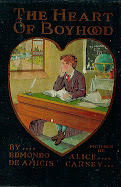
















































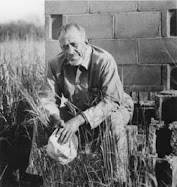









.jpg)





















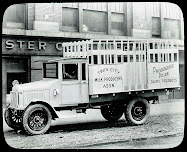


































































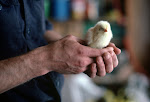

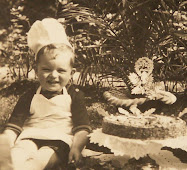














































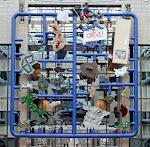.jpg)
















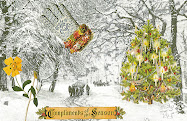
























































































1 comment:
Want to know more about homing pigeons? Try this site for kids MEET ME AT THE CORNER, Virtual FIeld Trips for Kids. (www.meetmeatthecorner). The child host interviews a man who raises and trains homing pigeons. A bit of history about the famous World War I pigeon Cher Ami
Post a Comment